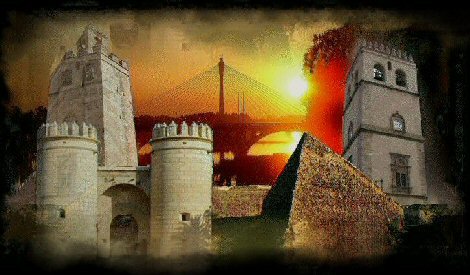
It is an ecosystem derived from human activity in the environment of the Mediterranean forest populated by holm oaks, cork oaks and a wide variety of shrub species. It is therefore the consequence of conquering land from the forest for pastures. It goes through an initial phase in which the tree density is clarified, to move to a second control of the woody vegetation and the stabilization of the grasslands.
The Extremaduran and Alentejo pasture is formed in a clear forest, where cereals are grown or the land is used to maintain cattle, sheep or bristles, together with the kinetic activity and the use of other forest products (wood, cork, mushrooms, etc.). In these unique lands, Iberian pork is raised in a mountaineering regime, feeding on the acorns of holm oaks and cork oaks.
































